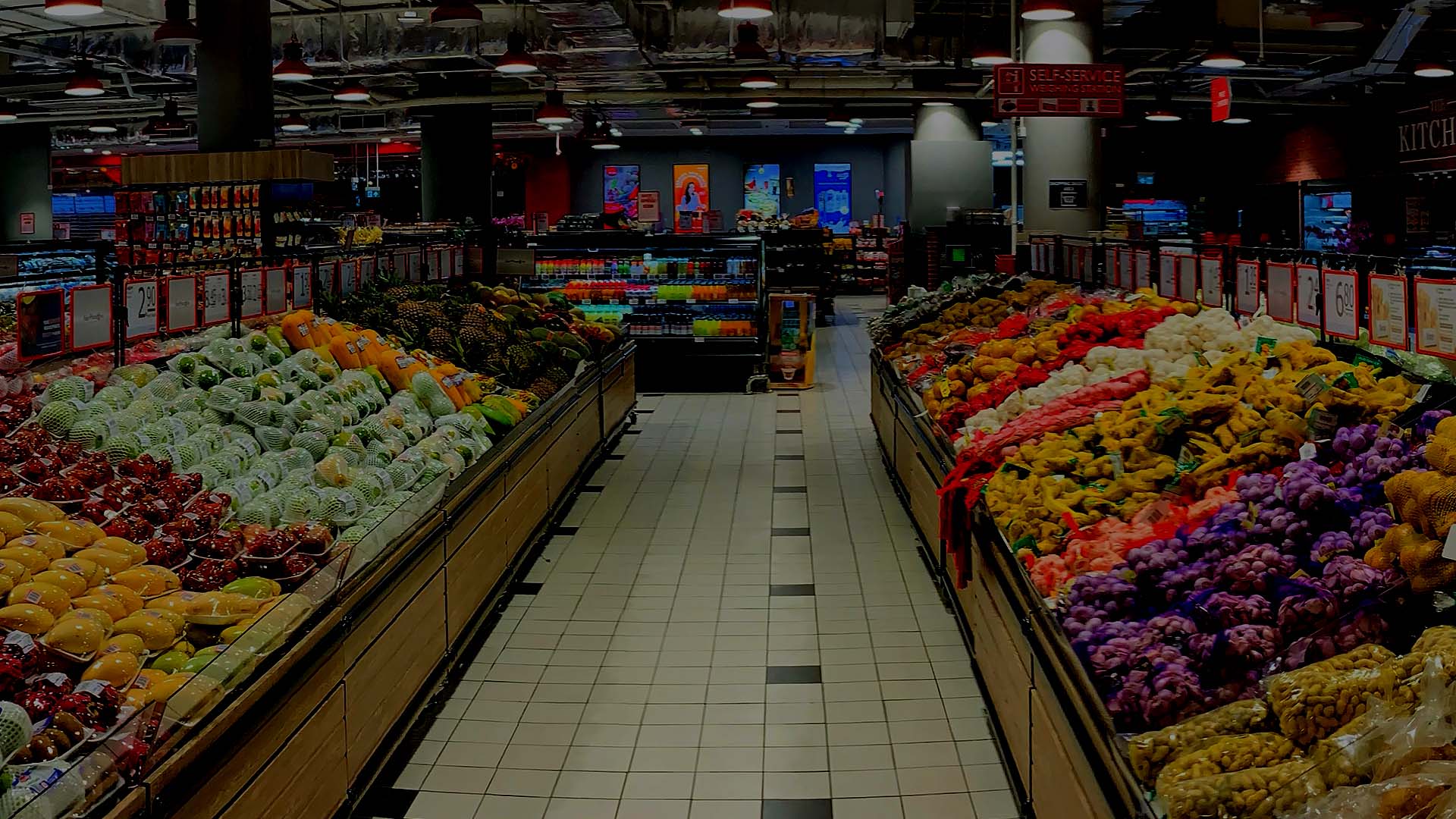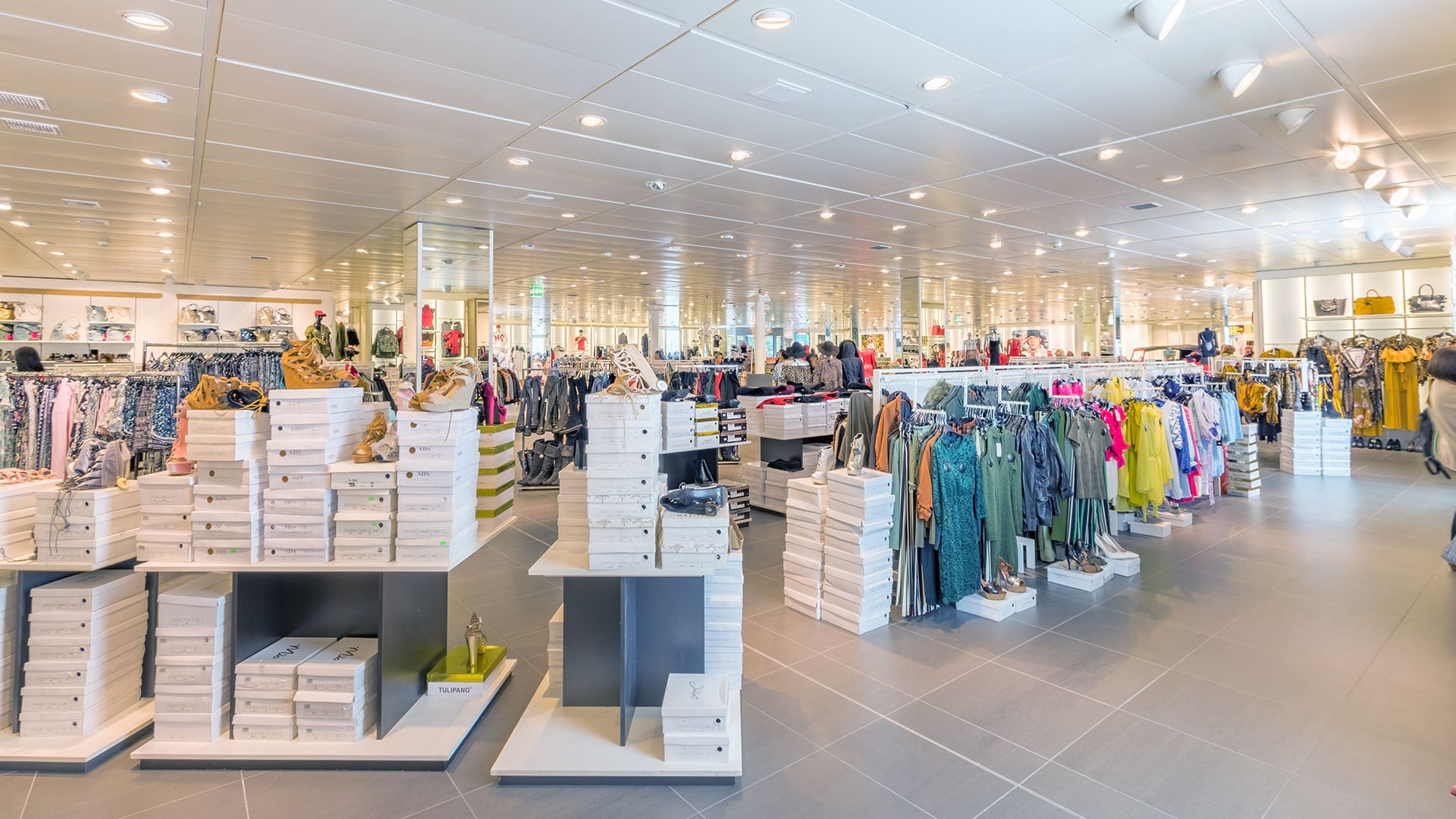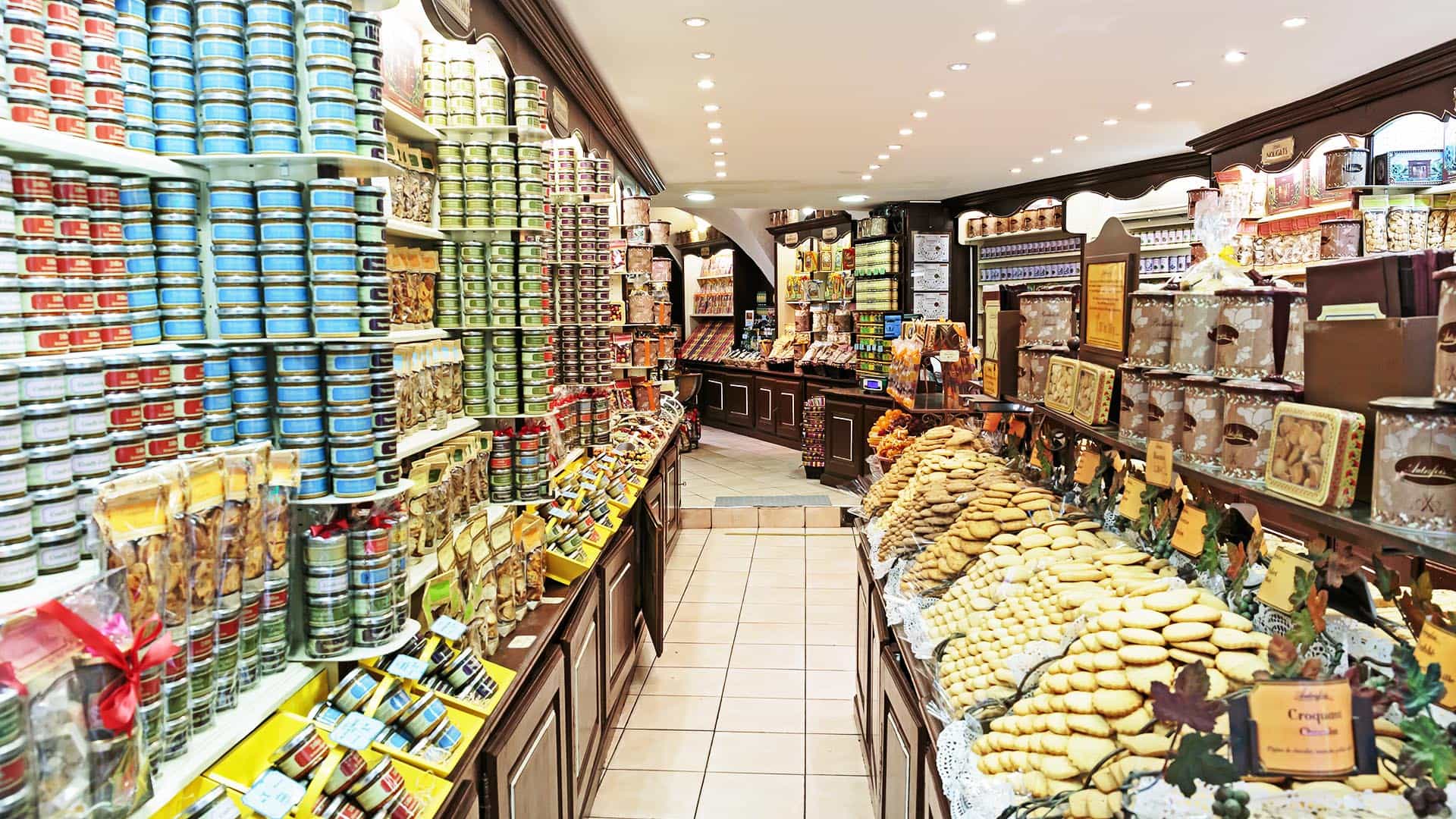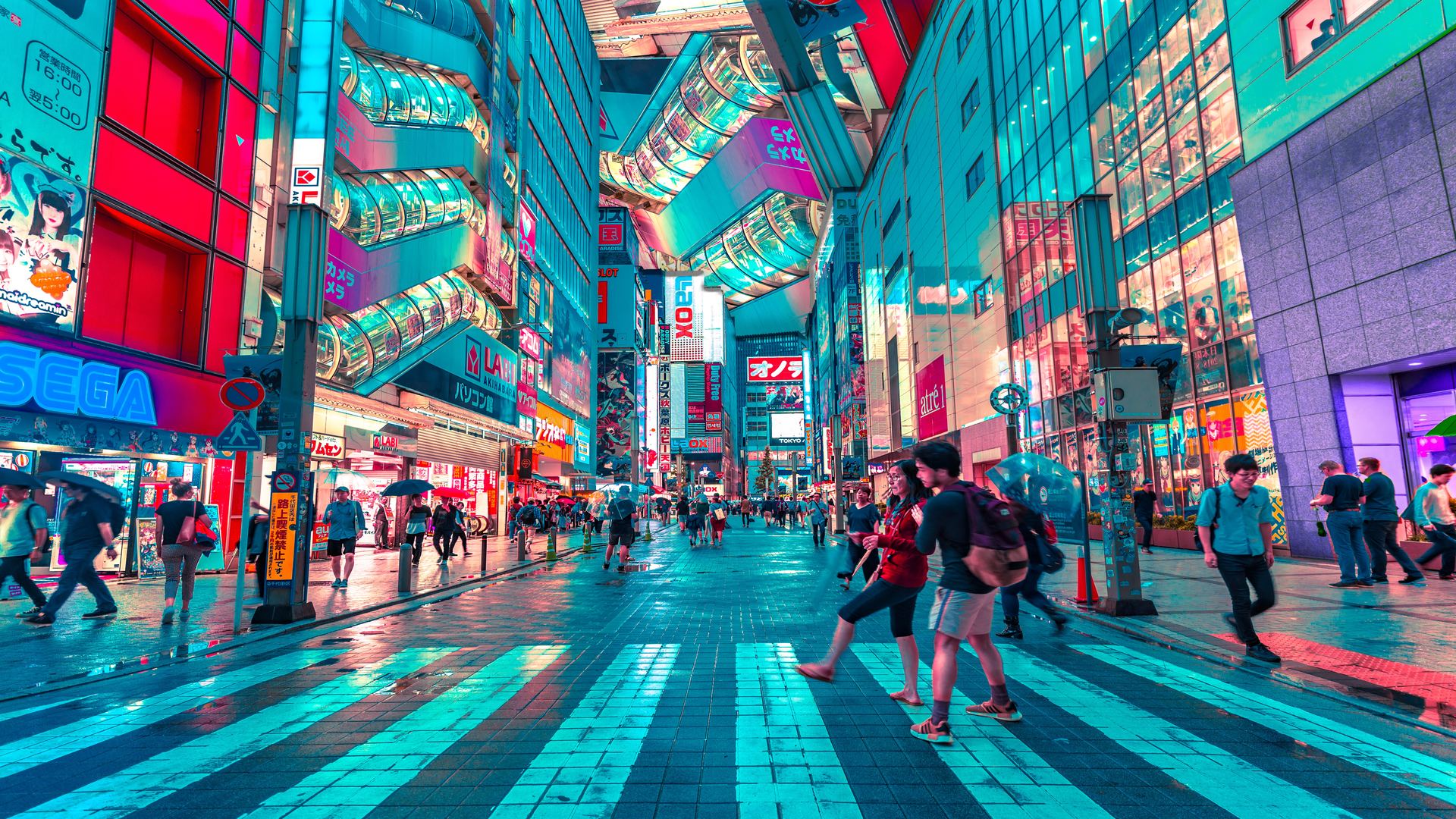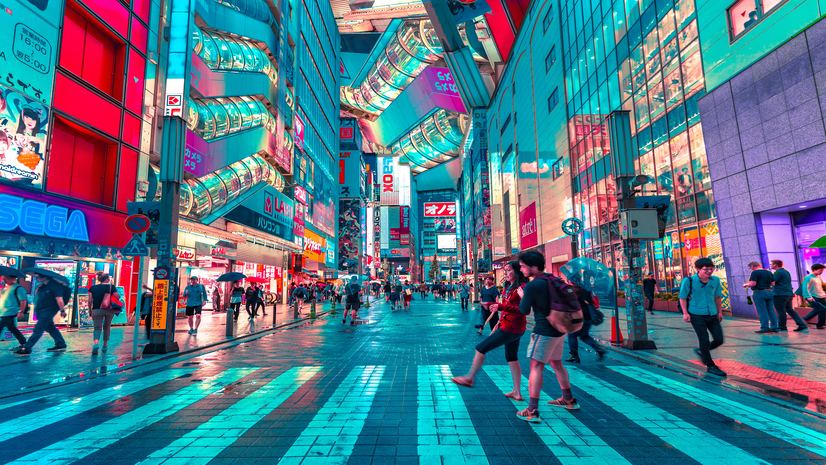A store without shoppers might sound like an oxymoron or a good recipe for going out of business. In fact, so-called “dark stores”—closed to the public yet lined with fully stocked shelves—are becoming a key new tool for retailers in the COVID-19-era.
Dark stores are usually conventional shops that businesses convert into mini-fulfillment centers in response to changing consumer habits. As families move their purchasing online and rely more on delivery or pickup, some store locations become more valuable by closing in-store shopping and acting as online order fulfillment centers and pickup locations. The shift allows companies to concentrate supplies in facilities where demand for contactless shopping is skyrocketing.
It’s a trend that retailers like Walmart have been experimenting with since last year to meet the rise in e-commerce, which the pandemic has kicked into high gear. In September, Amazon-owned Whole Foods opened its first dark store in Brooklyn dedicated solely to serving delivery orders. While resembling a typical store, it has longer aisles designed for easy navigation by employees, and lacks fixtures like salad bars and checkout displays.
Why It Pays to Go Dark
At Whole Foods, online orders in Q2 tripled year over year, prompting the company to increase delivery capacity by 160 percent in part by utilizing customer-less locales. Grocers like Giant Eagle and Kroger are taking a similar path, and other sectors are catching on too: Bed Bath & Beyond announced plans to convert a quarter of its stores into regional fulfillment centers.
While dark stores can help brands design more agile networks to meet demand, they also complicate traditional market analysis. These “micro-fulfillment centers” must be sited appropriately, and business leaders need to be able to defend their decisions not to operate the stores as usual, or shut them down altogether. Whether a dark store is just for delivery, curbside pickup, or both creates additional wrinkles.
These complexities point to the need for a strategy backed by location intelligence. A geographic information system (GIS) is uniquely equipped to help executives study the visual layout of trade areas, explore what-if scenarios, and determine the best use for each site. Combining layers of customer and location data with tools like drive-time analysis, GIS-driven smart maps help executives incorporate dark stores into their market plans, turning disruption into advantage.
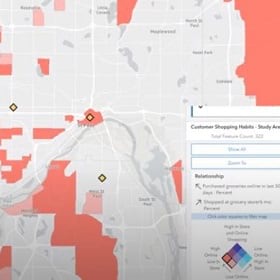
CRM data can identify customers who shop exclusively on digital channels. Retailers that understand where those customers are can position stores to efficiently serve the most customers.
Crafting a Dark Store Strategy
Retailers exploring this option should start by examining pre-COVID-19 patterns in consumer behavior. A GIS-backed dashboard loaded with historical shopping data reveals where a brand’s online sales have been growing or decreasing in relation to in-store sales.
By studying those trends against a geographic backdrop, executives can make important deductions. They can identify which stores are seeing the strongest in-person shopping and are candidates to remain open or reopen in the conventional format. Such a map also makes it easier to single out stores that are not performing well by either metric—places where a company may want to cut its losses.
This video shows how location technology facilitates the analysis. The initial map reveals how consumers in certain areas shop, with colors indicating their preference for in-store or online orders. Shoppers in the red areas tend to rely heavily on ecommerce, while shoppers in the aquamarine areas prefer to visit a store. A location analyst can add the company’s locations to the map (designated as yellow diamonds), then isolate certain groups of shoppers to get a sense for which locations might be dark store candidates.
What’s left in a given trade area are the best options for dark store conversions, though executives will want to deepen the analysis with other variables before making a final decision. For example, some dark stores are best suited to densely populated areas where delivery times will be short and pickups more convenient. Others might thrive in areas such as wealthy suburbs, where customers are more dispersed but are shopping online in higher numbers. Dark stores with increased availability and quicker turnaround in these locations can give a brand the edge on competitors.
A drive-time analysis shows which stores will have the fastest delivery routes in a market area based on traffic, highway access, and related factors. Data about COVID-19 case rates and regulations could provide context on why online shopping has dipped or spiked in certain areas.
Location intelligence sharpens predictive analysis as well. Business executives might analyze data on past seasons to anticipate holiday shopping patterns, a factor that could influence the decision to run a location as a dark store, perhaps even temporarily.
Market Planning for a New Age
Dark stores aren’t without risks. If implemented poorly, they can misalign supply chains and threaten to underserve or overserve markets, increasing risk at a time when many brands are already struggling amid the pandemic.
This reality underscores why such decisions shouldn’t be made on instinct alone. Through data analysis, GIS technology helps executives assess retail trends like dark stores, better positioning a brand for the post-COVID future. Markets don’t operate in a vacuum, and strategic planning shouldn’t, either. Location intelligence helps decision-makers see the contours of the playing field—as it looks today and might look tomorrow.
The Esri Brief
Trending insights from WhereNext and other leading publicationsTrending articles

December 5, 2024 |

July 25, 2023 |

November 12, 2018 |

April 1, 2025 |

April 29, 2025 |

February 1, 2022 |
